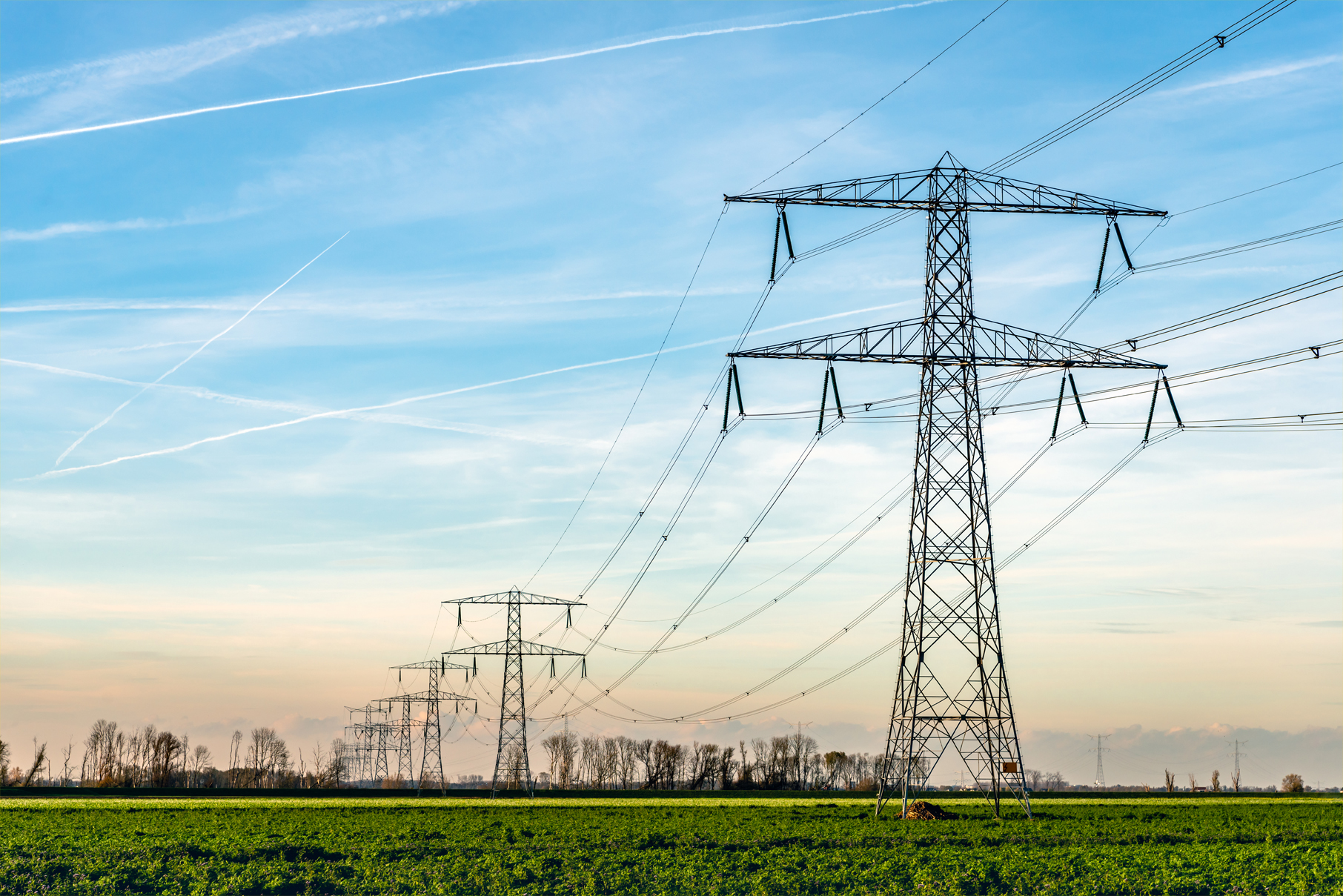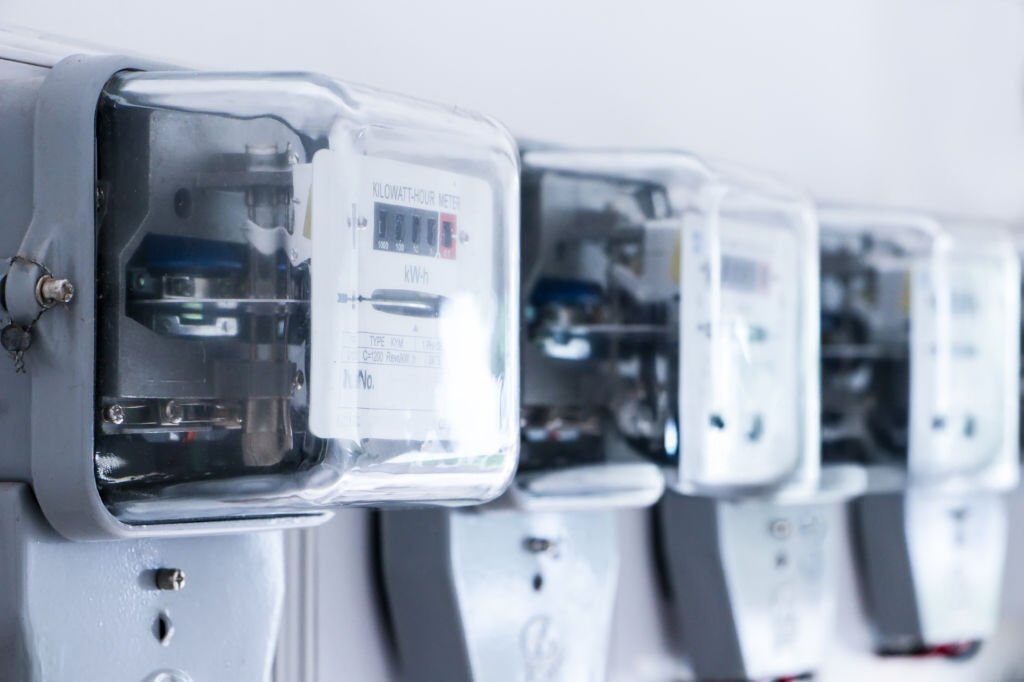Leverage Existing Infrastructure Using the Right Integrations
For utilities, managing peak demand has never been a greater challenge. Factors such as rising electricity demand from data centers and electric vehicles are straining the grid. At the same time, utilities must integrate intermittent renewable energy sources. Compounding the challenge is an aging grid infrastructure that may not be equipped for these new demands. Together, these factors make forecasting and usage management increasingly difficult.
Behavioral demand response (BDR) has emerged as a powerful tool to address these challenges, offering a non-intrusive way to reduce energy consumption during critical periods. However, implementing a successful BDR program can require significant investments in new software and technologies.
Yet, for some utilities, the right approach to BDR involves strategic system integrations. This type of solution allows utilities to leverage existing infrastructure and systems to build and deploy a robust BDR solution.
Connecting enterprise applications such as Customer Information Systems (CIS), Meter Data Management Systems (MDMS) and customer portals, combined with proper configurations, can enable utilities to create a cost-effective and efficient BDR program without the need for a dedicated Demand Response Management System (DRMS). This approach reduces implementation costs, streamlines operations, and enhances customer engagement, ultimately leading to more effective demand response outcomes.
BDR Implementation Challenges
BDR programs encourage consumers to voluntarily reduce their electricity consumption during peak demand periods, helping to balance the load on power grids.
For utilities, BDR offers a cost-effective way to maintain grid stability and reliability without the need for expensive infrastructure upgrades or additional power plants. Customers benefit from potential cost savings on their energy bills and the opportunity to contribute to environmental sustainability by reducing overall energy consumption.
By leveraging communication and engagement techniques, BDR programs can reach a wide audience and create a scalable approach to managing energy demand, making it a valuable tool for both utilities and consumers in the modern energy landscape.
Implementing a BDR program presents several significant challenges for utilities, often hindering widespread adoption and effectiveness. One of the primary obstacles is customer engagement and participation. Convincing consumers to reduce their energy consumption during peak periods voluntarily requires compelling incentives and clear communication strategies. Many utilities struggle to develop programs that resonate with customers and drive consistent participation.
Another major challenge is technical complexity and cost. Typically, utilities rely on dedicated Demand Response Management Systems (DRMS) to orchestrate their BDR programs. These systems, while powerful, often come with hefty price tags and require extensive integration efforts. Investing in new infrastructure and software can be a significant barrier, especially for smaller or budget-constrained utilities.
Furthermore, utilities face the challenge of accurately calculating baselines and quantifying the impact of BDR events. Without precise measurements, assessing program effectiveness and providing meaningful feedback to participants becomes difficult. This technical hurdle often requires sophisticated algorithms and data analysis capabilities that may be beyond the reach of existing utility systems.
Lastly, the need for timely and effective communication during demand response events poses another significant challenge. Utilities must have robust systems to notify customers of upcoming events, provide real-time feedback during events and report on outcomes afterward. This requires seamless integration between various utility systems and customer-facing platforms, which can be complex to achieve with disparate technologies.
Leveraging Existing Systems for BDR: A Novel Approach
With the right integrations and configurations, utilities can overcome these challenges by leveraging their existing systems to build a robust BDR program.
This innovative approach focuses on connecting and enhancing three key components that most utilities already use:
- Customer Information System (CIS)
- Meter Data Management System (MDMS)
- Web customer web-portal
The CIS serves as the central hub for the BDR program, managing customer enrollment, billing, and communication. Utilities can offer customers flexible options, such as no-risk or higher-incentive plans with potential penalties, by configuring the CIS to handle BDR-specific rate structures and program rules. This flexibility allows customers to choose the level of participation that best suits their needs, increasing overall program adoption.
The MDMS plays a crucial role in this solution by handling the complex calculations required for baseline determination and curtailment measurement. Custom algorithms can be implemented within the MDMS to analyze historical consumption patterns, calculate event-specific baselines and quantify energy savings during BDR events. This eliminates the need for a separate DRMS to perform these functions, significantly reducing implementation costs and complexity.
The customer portal acts as the primary interface for program participants, providing real-time information on upcoming events, personal energy consumption and savings. By integrating the portal with the CIS and MDMS, utilities can offer customers a seamless experience, from enrollment to performance tracking. This integration also enables the creation of simulation tools that allow customers to estimate potential savings based on their historical usage, further driving engagement and participation.
One of the key advantages of this approach is its ability to leverage existing web services and data flows between systems. For example, when a customer requests their BDR performance data through the portal, the request is routed through the CIS, which calls upon the MDMS to perform the necessary calculations. The results are then translated into dollar savings by the CIS and presented to the customer through the portal, all in near real-time.
This integrated solution also enables utilities to implement sophisticated marketing and communication strategies. By taking advantage of the CIS’s communication capabilities, utilities can send targeted notifications about upcoming BDR events, provide energy-saving tips, and share performance results. This timely and personalized communication is crucial for maintaining customer engagement and driving consistent participation in the program.
Capabilities and Benefits of an Integrated BDR Solution
Utilities can unlock a range of powerful capabilities that enhance operational efficiency and customer satisfaction by implementing this integrated BDR solution. These capabilities significantly benefit the utility, its customers and the broader energy ecosystem.
The top five benefits achieved through this approach include:
- Cost-effective implementation by leveraging existing systems, eliminating the need for expensive new DRMS software
- Improved customer engagement through personalized communications and real-time performance tracking
- Enhanced program flexibility with customizable rate structures and participation options
- Accurate measurement and verification of demand reductions, enabling precise incentive calculations
- Seamless integration with existing billing and customer service processes, streamlining operations
Recommendations to Get Started
For utilities considering the implementation of a BDR program using this integrated approach, the following key recommendations provide a perfect place to get started. These guidelines help overcome the complexities of BDR implementation while maximizing the benefits of leveraging existing systems. Utilities can deliver a successful and cost-effective BDR program that drives customer engagement and achieves meaningful demand reductions by following these suggestions.
- Conduct a thorough assessment of existing CIS, MDMS, and customer portal capabilities to identify integration opportunities and potential gaps.
- Develop a comprehensive integration plan that outlines the necessary configurations for each system.
- Implement robust baseline calculation algorithms within the MDMS, ensuring accuracy and fairness in measuring demand reductions.
- Design a flexible rate structure that offers customers multiple participation options, balancing incentives with potential risks.
- Invest in enhancing the customer portal to provide intuitive, real-time access to BDR program information and performance data.
How TRC Can Help
Want to learn more about how to develop your BDR solution? TRC’s tested practitioners help utilities of all sizes integrate and configure in-house systems to deliver successful solutions across numerous areas, including behavioral demand response programs.
Our deep understanding of utility operations, combined with our proficiency in demand response solutions and baseline algorithms, allows us to deliver tailored solutions that maximize the potential of existing infrastructure.
TRC offers clients a unique and differentiated value, including:
- Proven experience in implementing custom BDR solutions without relying on traditional DRMS
- Comprehensive knowledge of MDMS customization for demand response calculations
- Expertise in integrating CIS, MDMS, and customer portals for seamless BDR operations
- Strong background in advanced energy management and demand response strategies
- Ability to leverage insights from successful implementations to optimize program design
There are many approaches to deploying a successful BDR system. One unique approach involves leveraging existing systems through strategic integrations. By doing so, utilities can reduce upfront costs as well as enhance operational efficiency. They overcome traditional implementation challenges and create a flexible and scalable to meet demand management goals and deliver lasting customer value.
Gain
Peace-of-Mind
Partner With TRC’s Tested Practitioners




